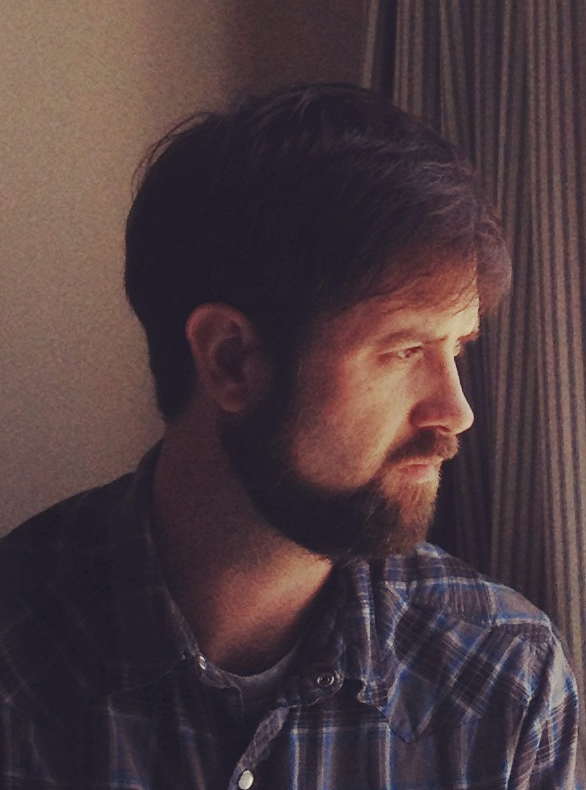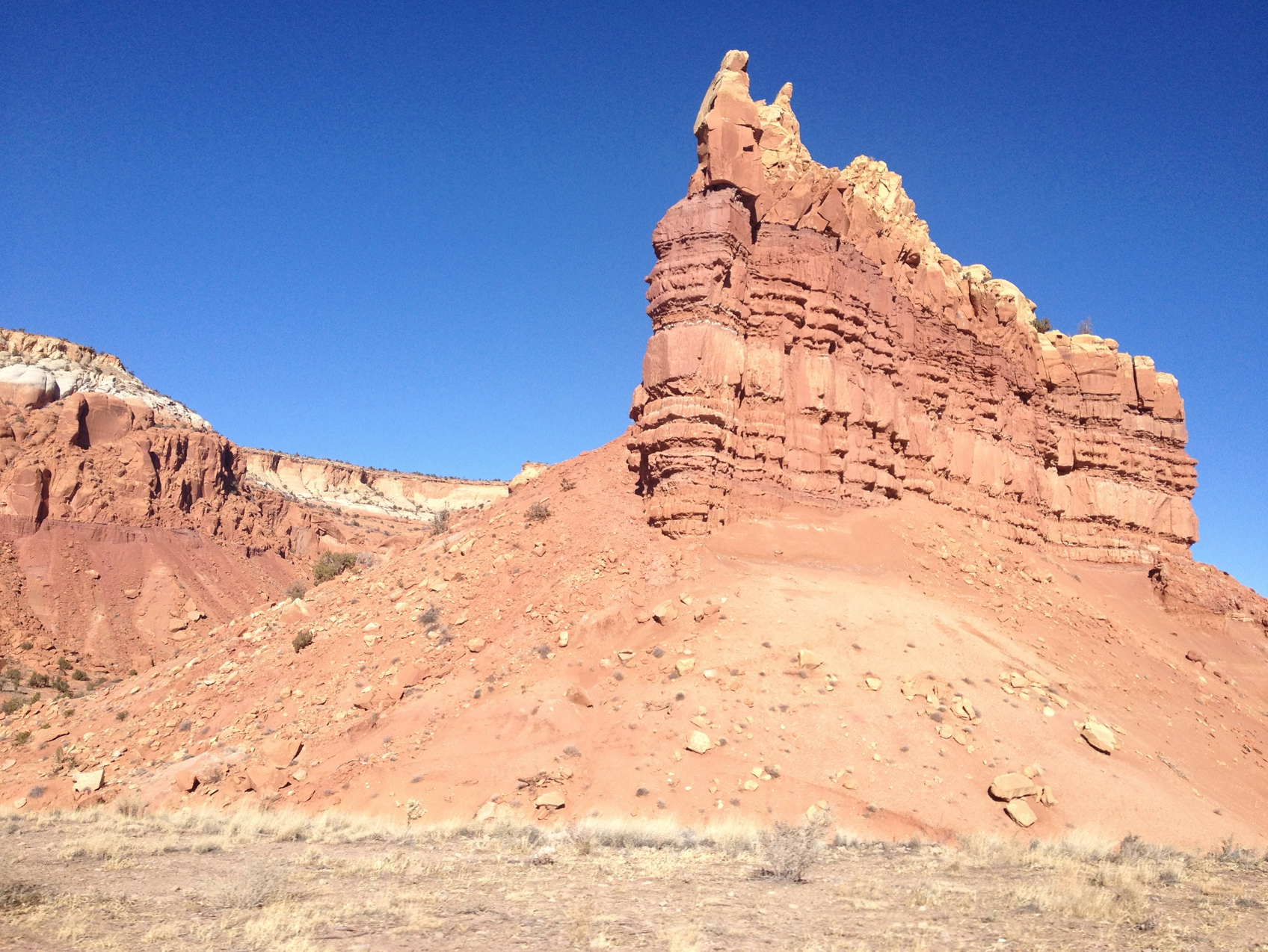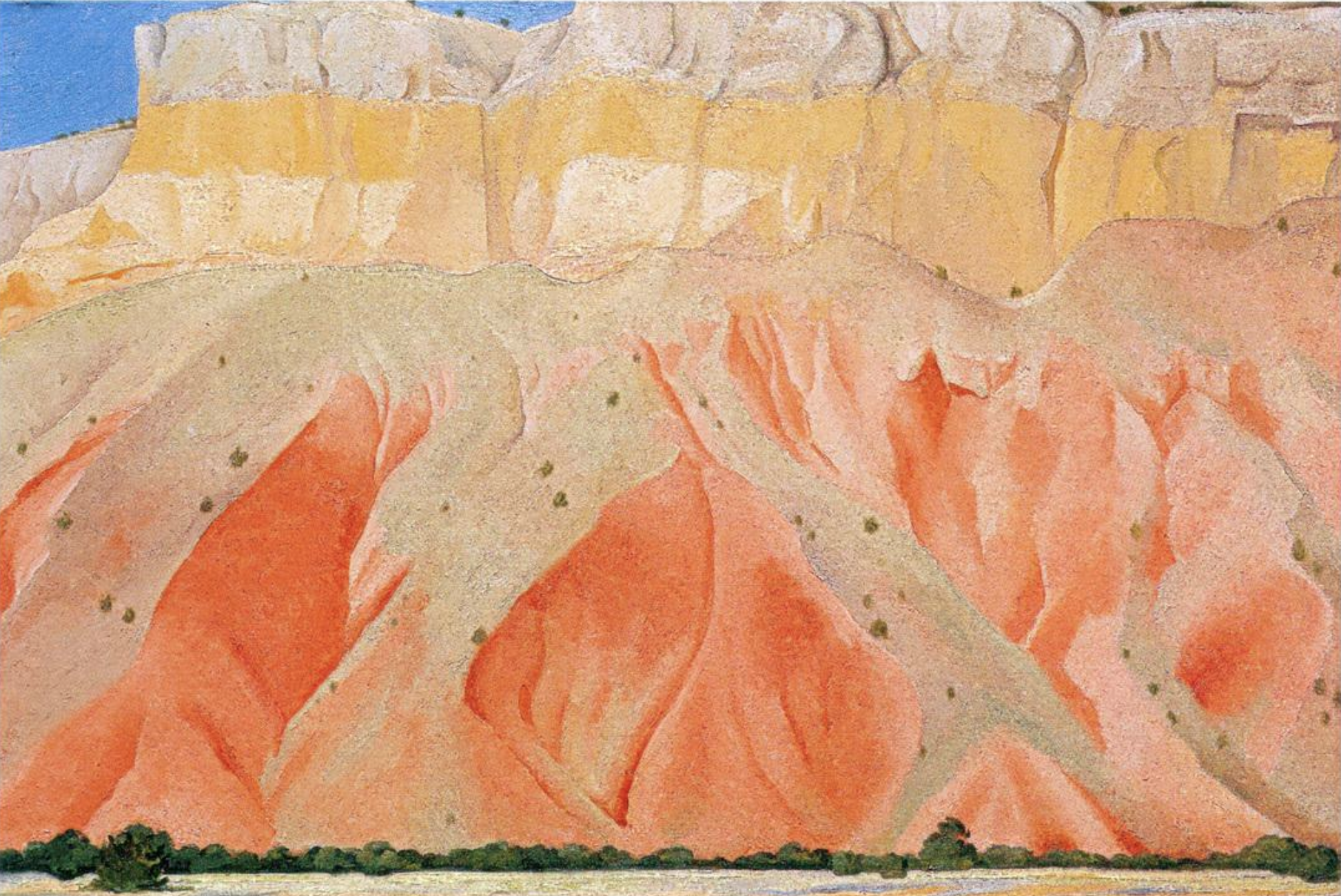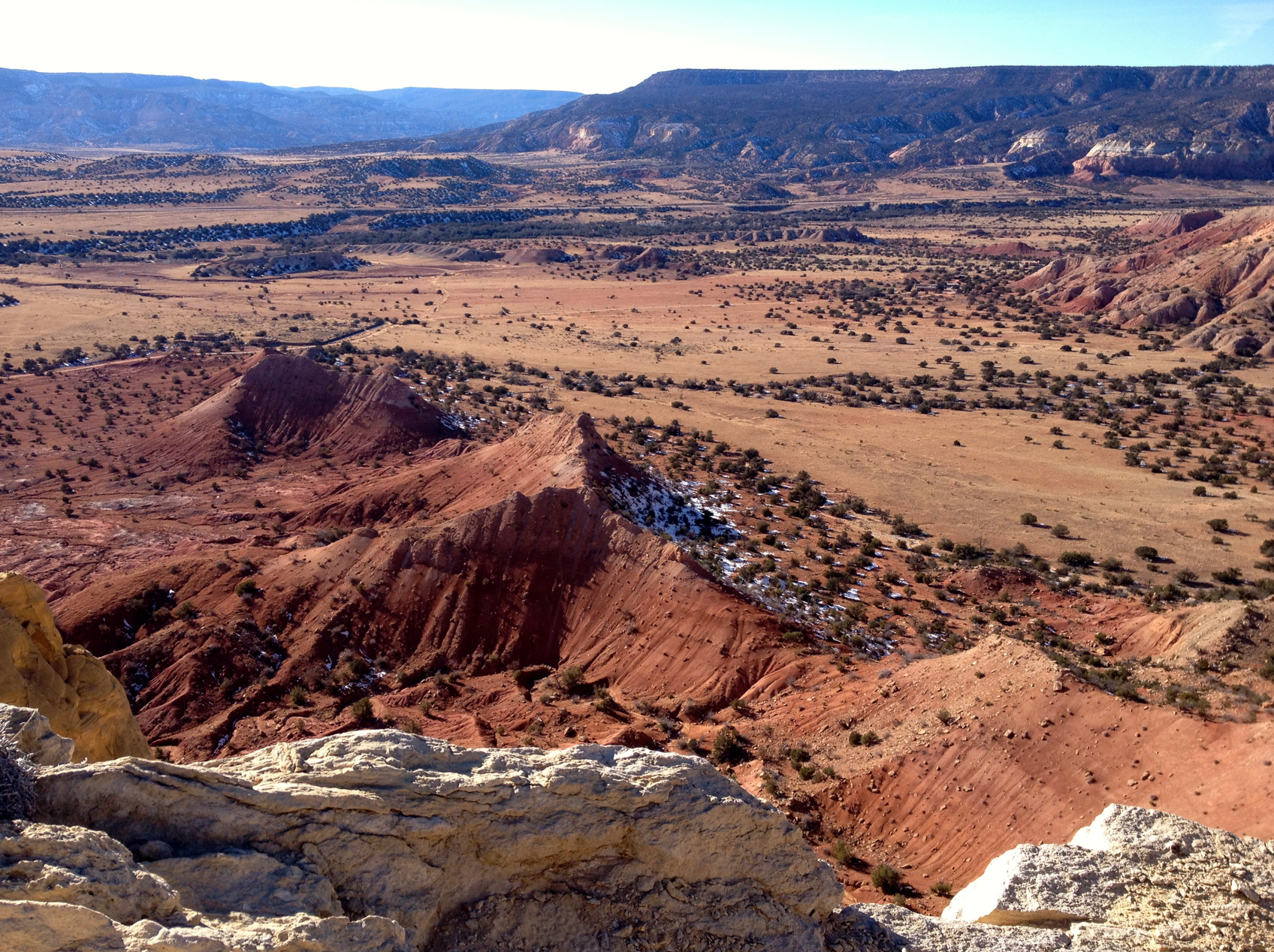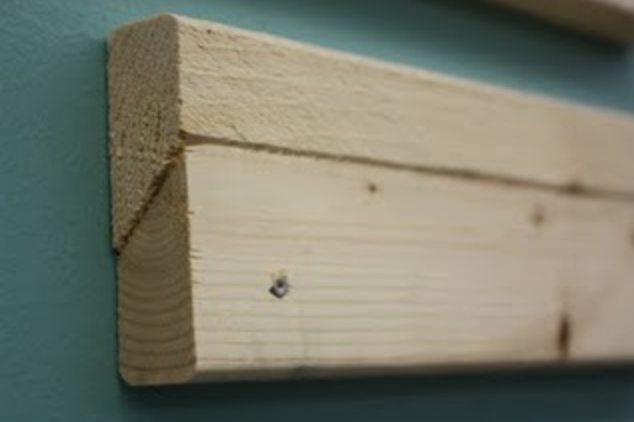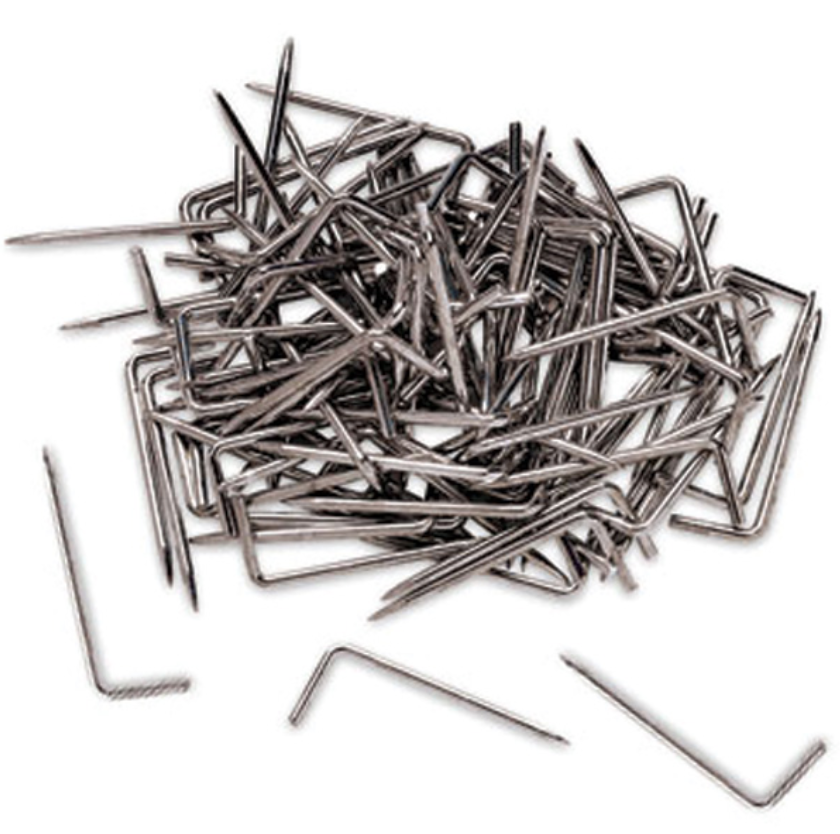Sometimes I feel like my life is an embarrassment of riches. There are just so many talented, unique and special people in it. Seamus Hames is one of those lovely folks. I am so thrilled to introduce you to him and his work today. How would you define creativity? Creativity is the ability to envision alternatives. Some people conform to the world they're born into and some just can't. Those that can't, see the world from a distance. It's a lonely place, so they assert themselves, and eventually new voices and cultures emerge. It's really a search for love, for the bridging of distances. Conformity was essential for early human survival, but there's always needed to be alternatives. Time moves on, people change, and things need to change lest all becomes stagnant.
Some will advise you based on what they've seen, on the world of the past and of experience, while others will lead by what they can imagine: the inner world.
After all, they've been on the sidelines asserting themselves, they are used to envisioning what the future could be. That is the root of creativity. Where those inner visions come from is as mysterious as life itself. Why the search for love? It's almost as if we've been blessed with the ability to manifest something to receive and reflect our own love. Perhaps that's all we are, created by the universe to receive its love. I see that as proof there is love for all things, simply because we can imagine it.
When are you at your creative peak (be it time of day, season of year, etc.)? I like mornings best, they are the most celebratory, but most often I work in the evenings. Big ideas, seed ideas, come at night, often in dreams or just on the threshold. Summer is inspirational in terms of being outgoing and collecting material, drawing outdoors and exploring, but winter is the time of year I seem to make the most and get the most done, being stuck indoors. That's when I write a lot, imagining worlds from my warm home.
You're working on two series - one of Irish mythology drawings and one of little abstract paintings. Can you talk about each of them and what's compelling you? I love mythology from all over the world, and am currently obsessed with Celtic mythology and Irish history in general, and as I've been reading about it I've decided to illustrate my favorite moments, almost as a nightly drawing exercise. The little abstract paintings are also exercises in translating my pen work into paint, specifically practicing my line work and washes. So both are actually work I can do where I don't have to think much once I'm doing it, just have fun and cut loose, since they aren't necessarily smaller parts of a greater picture, as some of my writing projects are.
Tell me about the little 'zines that you make and send out. I've always thought that was such a generous act. Do you see it that way, as an act of service? I've always loved comics and cartoons, and mail art, and the idea of mini-comics as something small, for a few dollars and sent through the quaintness of the old-time postal service, is very appealing to me as a medium. When money is removed from the equation there's nothing left but the love, and things like that are certainly public services. With my mini-comics I get to write in an episodic fashion, to draw quickly, pontificate about things I care about, and send it regularly as gifts to others, which is all a lot of fun. The comic I'm working on now is called The Mystery, and it's about the landscape of southern RI where I grew up, combining nature poems, stories about high school, and local ghost stories and lore. It's supposed to be the celebration of the soul of a place, the way a landscape informs you, but also a coming-of-age story within that landscape. I'll be very sad when it's over, I have it planned for twenty-one issues, which will run about five years, but I'm also excited to start a new fantasy comic I've been planning.
You're the director of an art center for developmentally disabled adults. How does their work inform yours? I'm inspired daily by the work the artists do at Top Drawer Art At The Brass. I always think of the Keats quote "Poetry should come as natural as leaves to a tree or not at all", and I see beautiful leaves every day, in every color and hue at Top Drawer, when they are helped to express themselves clearly. It is the work I'm most proud of, helping them realize their potential. Their talent is limitless as long as they have the support, and that is an important job. Their work and their insights are like refreshing draughts of morning air in a world that can be stifling and bleak. That is the best kind of public service, providing cool air and leaves, what more could you possibly ask for?
Any daily habits or practices? My daily habits are coffee drinking, drawing, writing, pontificating, pacing, smoking, and kissing my son's sweet marshmallow head. I like to play the banjo also, old-time clawhammer style.
Who are your favorite artists? I love the classics like Dubuffet and Klee, Van Gogh, ancient painters like Sesshu. I also love writers, poets like Han Shan and Kerouac, Walt Whitman, and I recently discovered the classic fantasist Lord Dunsany and am collecting as much of his work as I can, which I also once did with Richard Brautigan. I love Outsider artists like James Castle, Hiroyuki Doi, Minnie Evans. I love writer/artists like Dr. Seuss and Maurice Sendak, British cartoonist James Jarvis, and artist/writers in comic form: classics like Ron Rege Jr. and John Porcellino, and newer artists like CF and Leon Sadler.
Any advice for aspiring artists? Be yourself, become yourself. Listen to the things that call for you and go to them, celebrate them and invite them with you. Stay happy through your work and seek to please those who you love through it. Be proud of yourself and never question the practicality of your actions. Represent the ineffable. Never give up.
Seamus O. Hames was born in Warwick, RI, in 1979, and raised in the seaside town of Narragansett. He received a Bachelor's of Fine Arts at the School Of The Art Institute of Chicago in 2002 with a focus on Film Animation and Outsider Art, and he currently self-publishes mini-comics as well as creates artwork for gallery exhibitions. He lives in a studio/cottage in Wakefield, RI, with his wife Arleen Aguilera and son Ronan Michael, and for nine years has worked as the artistic director of Top Drawer Art At The Brass, a studio and gallery for artists with developmental disabilities in Warren. Check out his website here.





